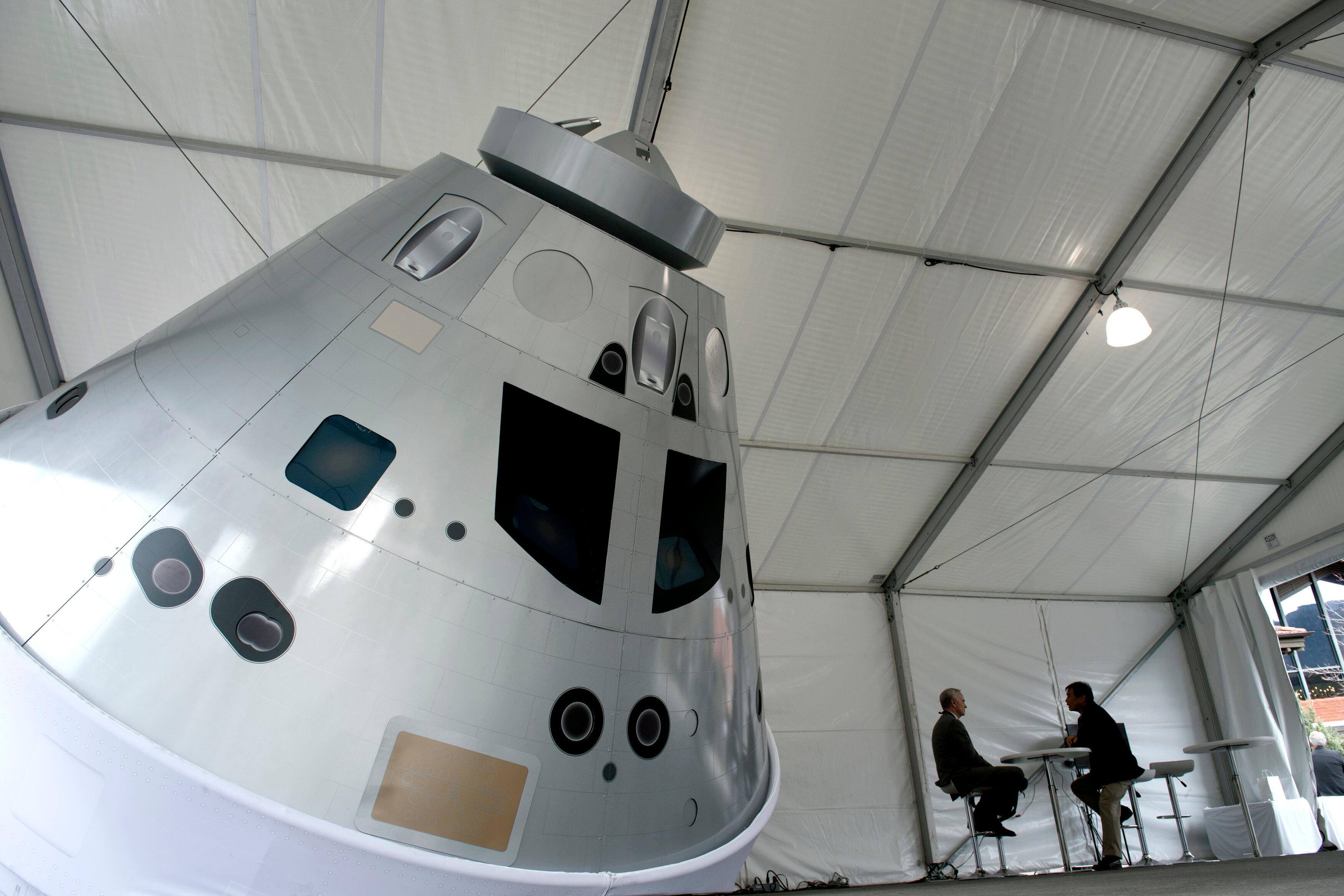After NASA last year accepted the president's challenge to send American astronauts back to the Moon by 2024, Lockheed Martin began working with the agency to find ways to establish a human presence on the lunar surface.
NASA Administrator Jim Bridenstine called plans to return to the Moon "ambitious and exciting goal" at the Space Symposium in spring 2019. A few months later, the federal agency committed to ordering at least six Orion spacecraft to carry out the Artemis missions, which would eventually continue on to Mars.
"We're really excited to be taking humans back to the surface of the Moon," Lisa Callahan, the vice president of programs, told Cheddar Wednesday in an exclusive interview with Hope King. "I'm really excited to see the first woman go back to the surface of the Moon. And Orion is the spacecraft that's going to take them there."
Callahan said the missions will give them the opportunity to test new technologies that have advanced since the last time humans headed to the Moon more than 40 years ago and work on "how we're going to operate when we're not in close communications with Earth," she said.
Through the Artemis program, NASA and its commercial and international partners hope to establish a presence on the Moon and eventually send humans to Mars. Though the Trump administration moved up goals for a lunar landing, the Mars mission plans are still only expected by the 2030s.
"One of the things we want to do at the Moon is figure out if we can use the resources on the Moon, the ice water that's there, to turn it into rocket fuel," she said, explaining that the Moon could eventually be used as a stop-over point for trips to the Red Planet.
Since humans last touched down on the lunar surface, Callahan said Lockheed has been building robotic spacecraft to explore the solar system, which can provide information on potential areas to explore, resources that might be available, and how to sustain life.
"What we're really excited about is putting humans in the loop with those robotic spacecraft and really accelerating our learning and the science," she said.
While humans work on returning to Earth's satellite, robotic missions like the Mars Sample Return will hopefully provide surface samples from the Red Planet for scientists back on Earth to study.
"We're hoping we will discover life from that" Callahan said. "Mars had an atmosphere, it had running water, it could have sustained life at one point in time, and so we're really interested to find out what was that evolution that happened to it because it's a planet like ours. So we want to understand how we make sure we're protecting this one as well."
Full interview here:



